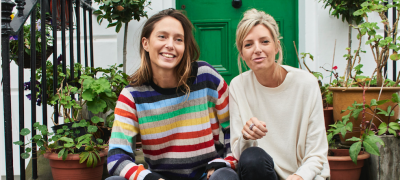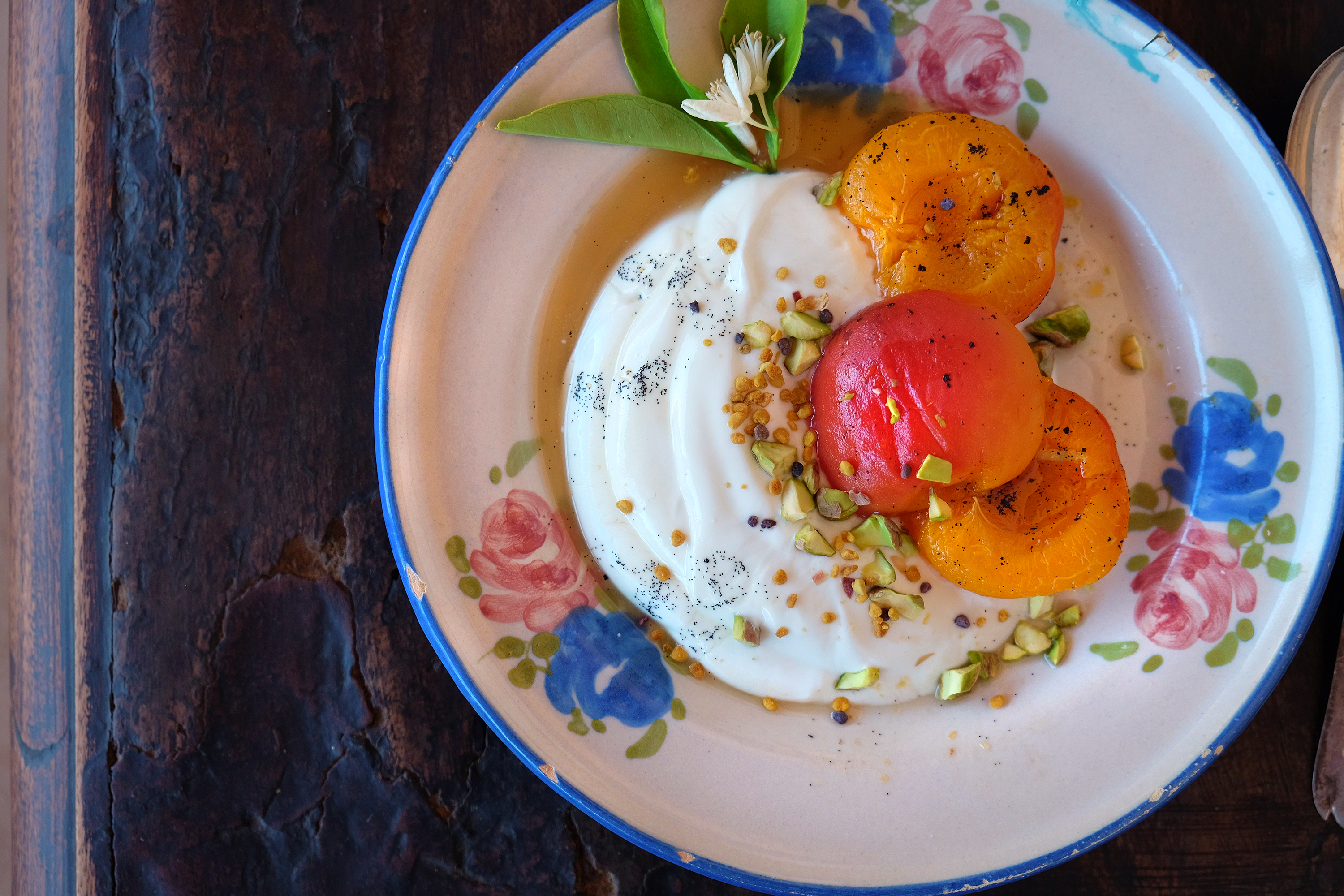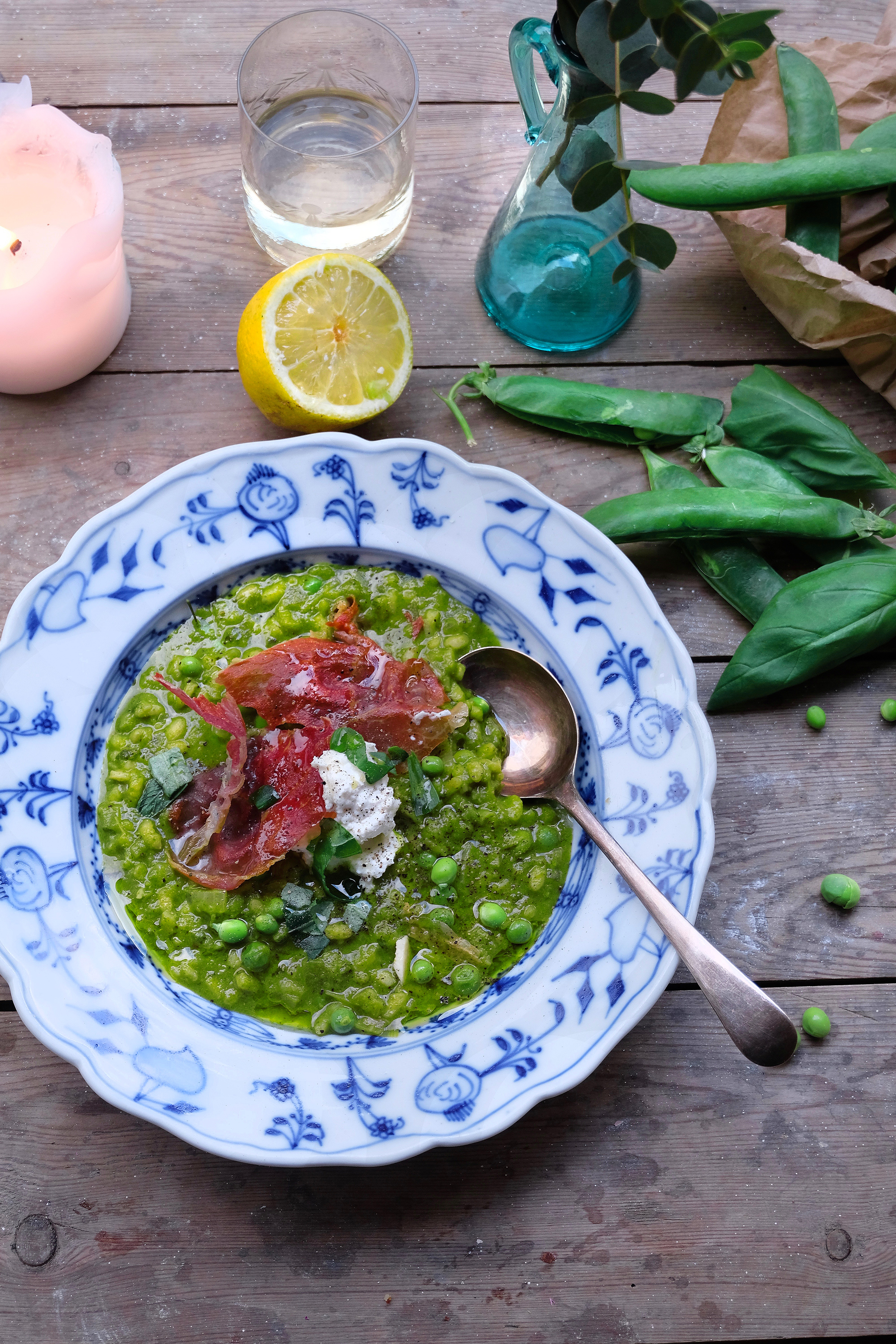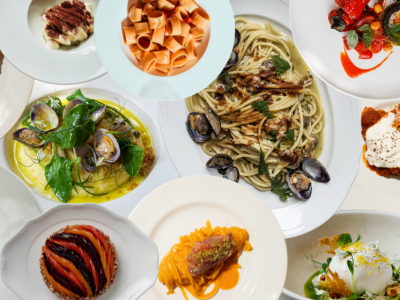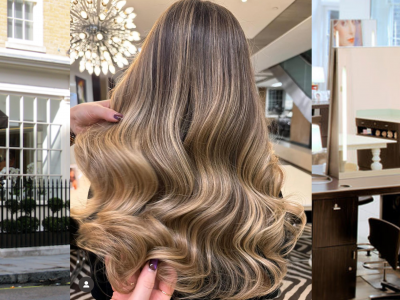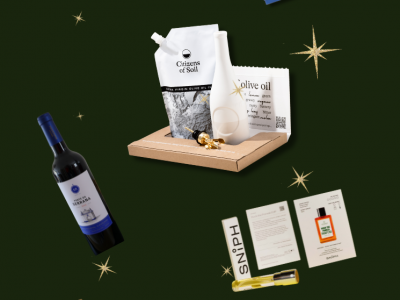Known for prettily presented, seasonal and tasty healthy food, Tart London is a fashion crowd favourite. Founded by friends Jemima Jones and Lucy Carr-Ellison in 2012 to provide catering for models and creative teams on shoot days, the duo are also regular recipe contributors to ES magazine and are opening their first restaurant, Wild by Tart, in Eccleston Yards, Mayfair in November.
Stylish caterers Tart London on their love of handmade ceramics
19th November 2018
Stylish duo Jemima Jones and Lucy Carr-Ellison, co-founders of fashion’s favourite caterers Tart London discuss their love of handmade and pre-loved ceramics
Why did you start collecting ceramics?
When we started Tart, we were given lots of Lucy’s grandmother’s antique ceramics. There were boxes of them — all mismatched shapes, colours and patterns. It was this eclectic assortment of crockery, as well as a few very simple, white Wedgwood plates, that started our collection.
What do you look for?
It’s the character and the weight of pieces that attracts us to them. We like rustic, old-looking pieces that are mottled and cracked and pre-loved pieces with thinning varnish and chipped edges. It’s the idea that they have been cherished that is important — they don’t need to cost much.
Are there any types you particularly like?
We are drawn to ceramics with bold and often contrasting colours and interesting patterns — ones with thick, descriptive brush strokes or rims in bright blues, pinks and earthy greens. We also pick up a lot of blue and white nautical pieces and have a good selection of antique blue and white pieces painted with idyllic scenes — most handed down from our mothers.
What are your most quirky pieces?
We have an ever-growing collection of vases, including ones shaped as tigers and cockerels that we fill with flowers after countryside weekends.
Are there any pieces that are special to you?
We have a very old blue and white platter that used to belong to Lucy’s grandmother. It is thin as a crisp and decorated with a willow tree and butterflies. It is precious for its sentimental value and we have pieced it back together countless times. It’s a dear friend and has been everywhere with us, from weddings to photoshoots.
Where do you shop for ceramics in London?
The Conran shop is always filled with lovely tableware. Our favourites from there are some great big bowls decorated with emerald green splashes. Our other favourite is the Alex Eagle boutique in Soho — it had some rare and delicate Japanese pieces recently that were lovely.
Where are your favourite spots to shop for ceramics abroad?
There is a great little antique hill market near St Tropez, where you can find delicate dishes with navy blue polka dots and small pink flowers. We also like to shop in Mallorca for beautiful handmade ceramics.
How do you find new pieces?
We usually find them through following ceramic artists on Instagram.
At the moment, we are particularly enamoured of the work of Frances Costelloe, the granddaughter of Lucien Freud. Her ceramics are slightly irregular and feature simple, tasteful line drawings of nudes and women. We also follow east-London-based potter Elizabeth Macneal, who produces understated pieces in cool hues. Then there is Becca Jane Koehler and Astier de Villatte. We are also obsessed with the work of Francesca Kaye, who we came across when catering for Net-a-Porter.
How do you use your ceramics?
What we love about ceramics is their power to transform — they can turn a table setting into a creative masterpiece or, by plating a dish on the right piece, you can lift the natural colours and textures of a recipe and ignite a sense of discovery and excitement about a meal.
How does travelling influence your ceramics collection?
We admire ceramics wherever we go. Often we bring pieces back and when we do, we fold plates and bowls — often among lots of spices — into big blankets to protect them. Recently, we found some eye-catching sharing plates and bowls in Morocco that almost feel tribal. They are covered in black and white geometric patterns and look great around the house filled with fruit and nuts.
